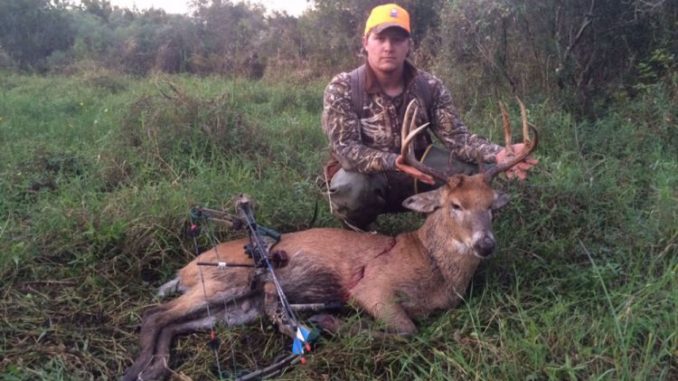
Bow season cranks up early in Southwest Louisiana, and while conditions may not be all that pleasant, WMAs there offer some quality hunting — without crowds.
It takes a diehard deer hunter to brave the elements that are pervasive during Louisiana’s early bow season, which opens for most residents on Monday, Oct. 1.
But for hunters in southwestern parishes, archery season opens even earlier — the last two weeks in September.
Heat, mosquitoes and snakes — just part of the price you pay for hunting deer so early in the season while summer continues to bake.
But despite the harsh weather, those who brave the heat have a solid chance of harvesting deer before many hunters even think about stepping foot in the woods.
“The public land in those parishes don’t receive a whole lot of pressure,” said Johnathan Bordelon, the Louisiana Department of Wildlife and Fisheries’ deer program manager. “Because of that, some of those deer are allowed to get really old, growing great antlers.
“The potential is there to harvest deer, and really good deer.”
Data compiled by the LDWF shows southwestern wildlife management areas (WMAs) boasting impressive deer-per- hunter efforts.
For instance, one in five hunters harvested a deer on West Bay WMA during October 2017 managed hunts, some of the best results anywhere in the state.
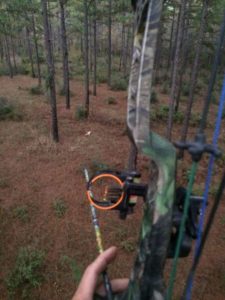
“Hunters in these areas are as successful or more than the rest of the WMAs we have along the Mississippi Alluvial Valley, an area known for quality deer,” Bordelon said. “It’s an area of the state that’s definitely worth checking out.”
Earlier opener for certain parishes
The rut starts earlier in Southwest Louisiana, so for years the archery season there has opened two weeks earlier in that area of the state. In Areas 3, 8 and 10 this year, the season begins on Sept. 15 and ends on Jan. 15, 2019.
New for this season, the coastal parishes of Area 7 will also have those same archery season dates. Most of the available land to hunt is privately owned, and the only public land — the Atchafalaya Delta WMA — will still have an archery opening date of Oct. 1.
“We decided to move the season earlier in Area 7 because it’s not really advantageous to hunt there in late-January since most of the bucks have already cast their antlers,” Bordelon said. “This will afford archery hunters a few more days in advance of the gun hunts.”
Ricky Aucoin, a Berwick hunter who frequents Area 7 throughout deer season, said he believes the earlier opening date could be advantageous for hunters who brave the heat. “Hunter participation in late January is lower compared to early October, with more deer harvested earlier in the season. The diehards like me, we’ll be out there and make the best of the weather.”
September archery intel
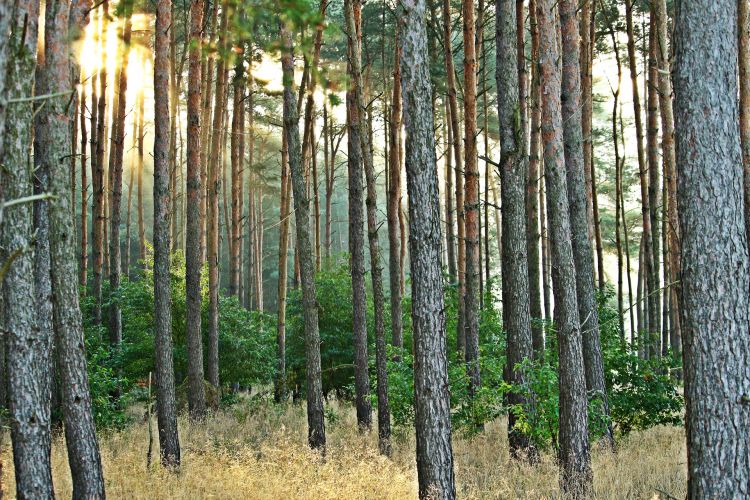
The parishes bordering Texas and those in the central part of the state are known as pine country, with timber operations or controlled burns changing the landscape every few years. Bottomland hardwoods, like those found in the Mississippi Alluvial Valley, are scarce here. It makes for tough hunting, but for those who know what to look for, it’s also often fruitful.
“The habitat is pretty unique in that part of the state compared to the rest of Louisiana,” Bordelon said. “Some habitat is better than others, but it’s usually in motion with ample resources for deer.”
Bordelon said pine stands that have been cleared for the first or second time can be excellent deer habitat because it offers woody and herbaceous browse the animals prefer. That new growth will attract whitetails from all around.
“The issue with that, though, is that it’s a very short window,” he said. “Timber companies will spray that area in order to plant more pine to reduce competition to the seedlings.”
If that’s the case, he said hunters can look for transition areas between mature pines and clear cuts, creeks or logging roads.
Leesville hunter Wesley Lack has frequented private land in the area for 30 years, as well as Fort Polk WMA more recently. “Some of the new land that was purchased for Fort Polk was my lease for 20 years,” he said. “That was 13,000 acres, and I know it like the back of my hand.”
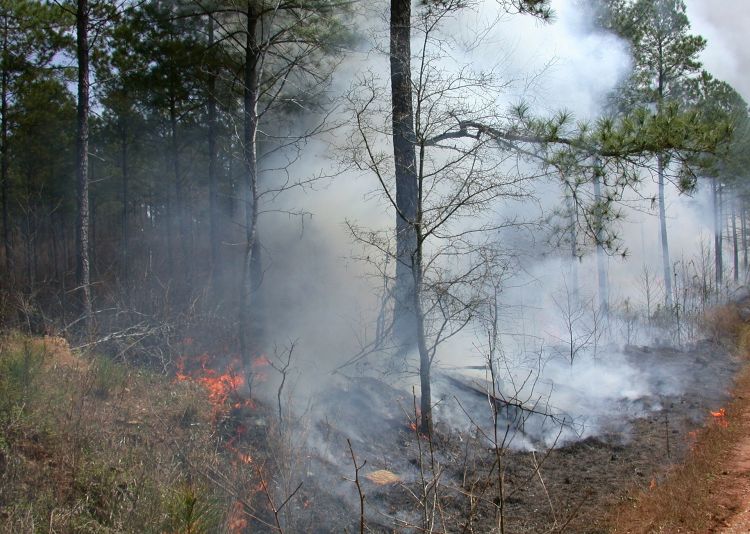
When he’s hunting the pines, Lack said he prefers to use a climber whenever possible, usually on larger trees near transition areas. But, when he can’t find a tree to climb, he’ll often sit on the ground in areas with sparser cover that offer a clear shot.
“But in those thick areas with trees to climb, a tripod works best,” he said.
Lack often starts scouting near creeks, which have a good chance of supporting oaks — pin oaks drop mast the earliest, often in September in time for archery season. But he said isolated patches of oaks can be found in some sections of pine forest, miles away from any creek bottoms.
“From the creek, I’ll look for travel patterns, and sometimes that’ll lead to isolated oak stands,” he said. “If I can find some producing oak trees, I’ll climb a tree nearby and wait it out all day.”
He advised to pick your spots carefully to avoid baking in the heat. While the mornings are often cool enough, during the afternoons when the sun is still high, he said to find a shady spot. That will also reduce how much you sweat, which will reduce your odds of getting winded.
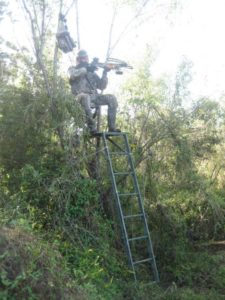
“I generally walk in with a light windbreaker and pants,” he said. “Wearing as little clothes as possible, I’ll carry a lightweight ScentLok suit and put it on when I get to my stand. Sometimes I won’t even wear a shirt in the stand, just my mesh safety harness.”
Be sure to pack plenty of water, at least a gallon for the day — adding electrolytes to it is a good idea, too. As snakes are still out in full force, opt for a pair of snake-proof boots. And with tens of thousands of acres available for public hunting, get a comfortable pair you can put some miles on.
“The public land in these areas are vast,” Bordelon said. “Some of the largest in the state. Scouting and learning them can be intimidating for someone who has never been there. But there’s not a lot of folks chasing deer [in September], and the opportunities are there.”
Lack said that’s what keeps him in the woods every year for the archery season, as well as the element of surprise. Deer are still in bachelor groups and haven’t been pressured by any hunters since February, so he can often catch them off guard.
“They’ve been walking the same path for the past few months without human disturbance,” he said. “Come September, by the time they smell you or notice something is wrong, you’ve already drawn back your bow.”